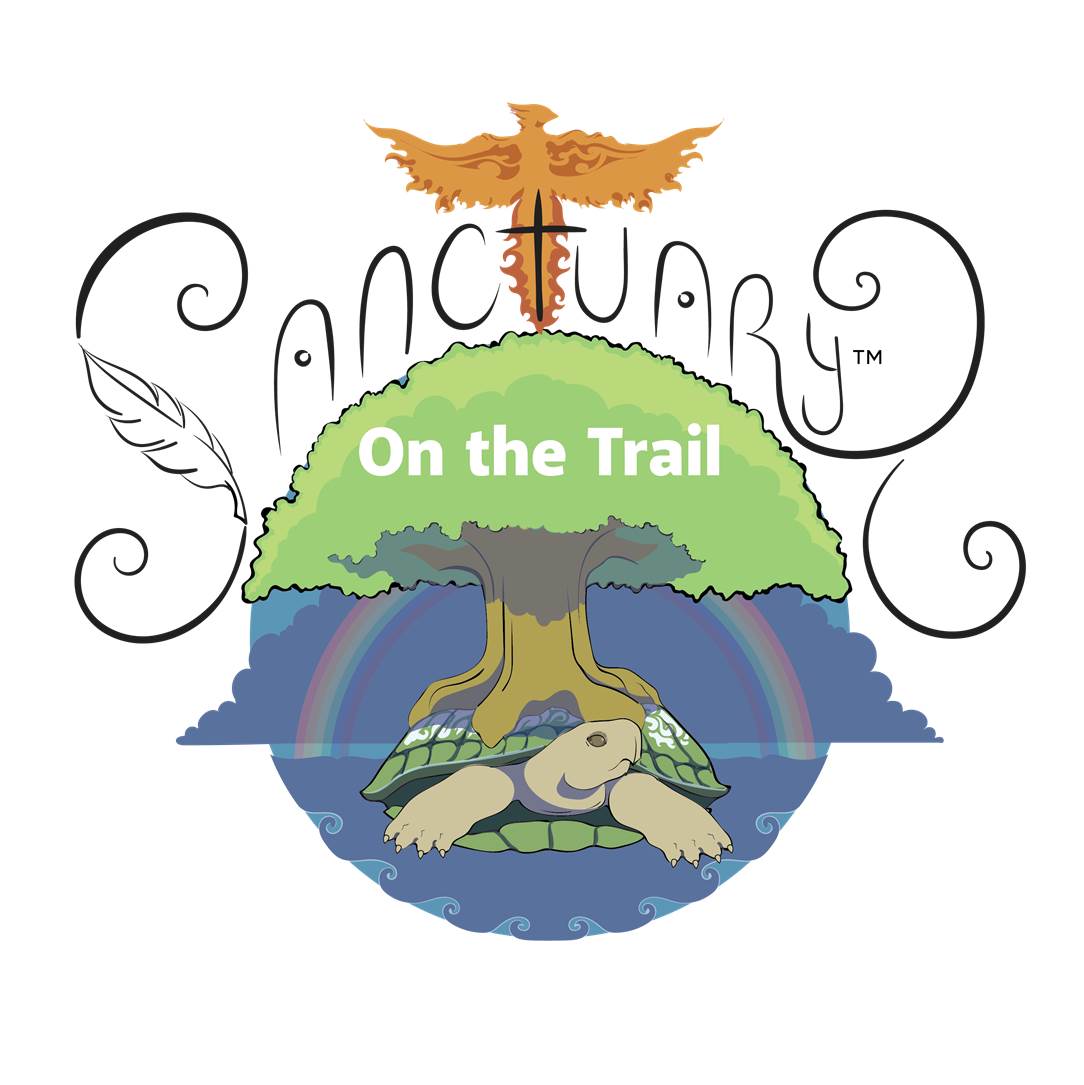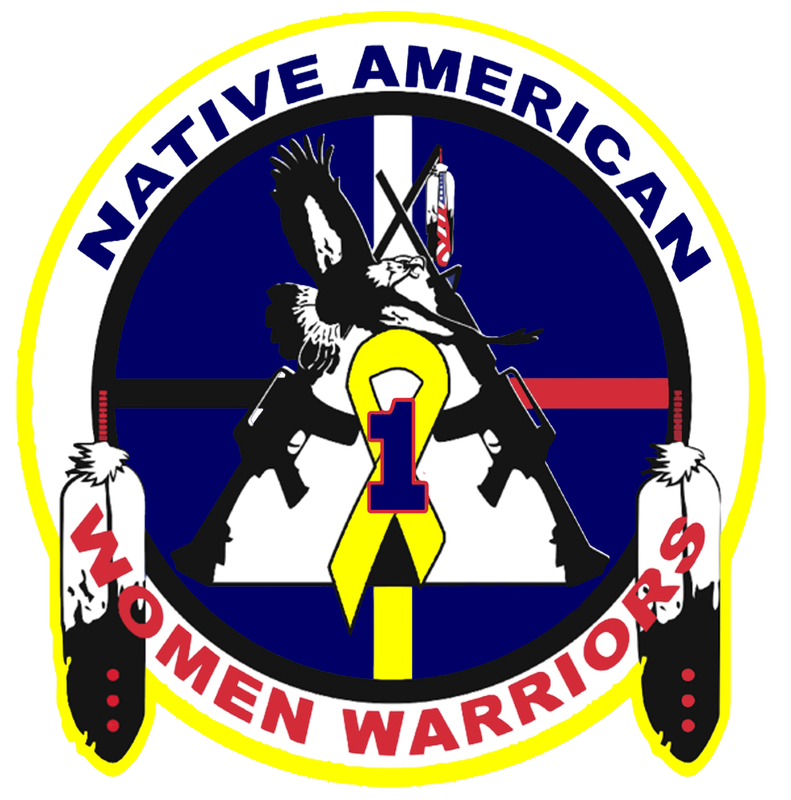(Short Version) Uprooted. The 1950s Plan to Erase Indian CountryBy American Public Media (2019) In the 1950s, the United States came up with a plan to solve what it called the "Indian Problem." It would assimilate Native Americans by moving them to cities and eliminating reservations. The 20-year campaign failed to erase Native Americans, but its effects on Indian Country are still felt today. 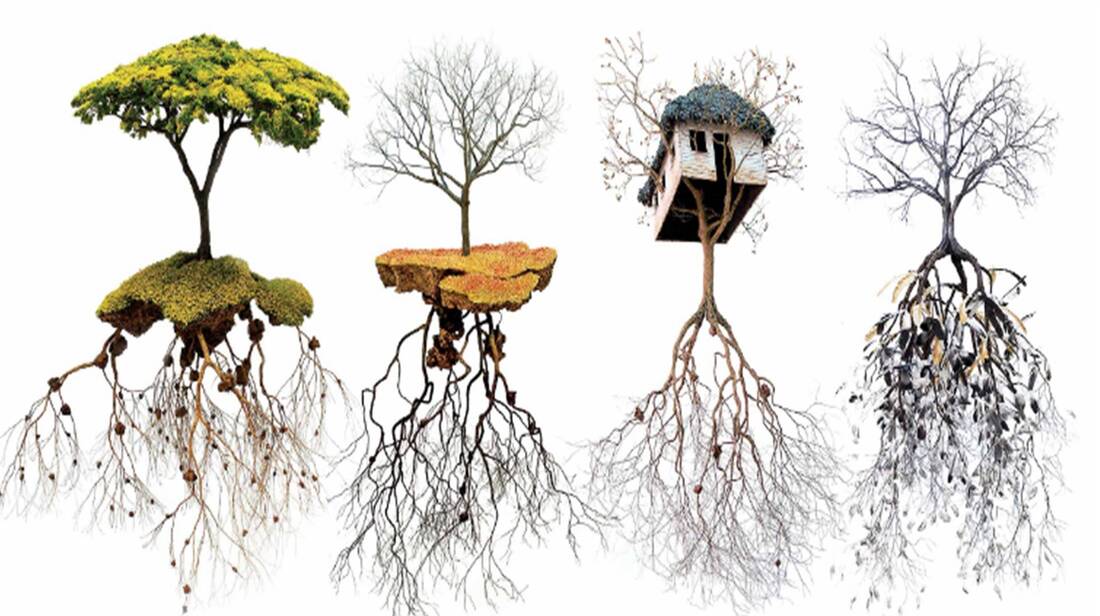 In the 1950s, the United States came up with a plan to solve what it called the "Indian Problem." It would assimilate Native Americans by moving them to cities and eliminating reservations. The 20-year campaign failed to erase Native Americans, but its effects on Indian Country are still felt today. (Image borrowed from the Harvard Business Review "Build a Family Business That Lasts") https://hbr.org/2021/01/build-a-family-business-that-lasts In the summer of 1964, Charlotte and Clyde Day and six of their children boarded a train in northern Minnesota bound for Cleveland. Except for Clyde, none of them had been on a train before. They'd never been to a big city, either. They wore their nicest clothes, and carried everything they owned in a few suitcases. They might have looked like they were going on vacation, but they were moving for good, leaving behind the place their family had lived for generations. Sharon Day was 12, the oldest of the kids going along. She remembers the trip being a luxurious and grand adventure. Not all the kids were so excited. Her sister Cheryl was terrified. When they changed trains in Chicago, the station was the busiest place they had ever been. "It was huge," Sharon said. "And there were so many people and bustling and going and the lights and the food. We'd never eaten dinner in a restaurant. And my dad was very clear with us, 'Do not go out of our sight.'" ... Work Cited https://www.apmreports.org/episode/2019/11/01/uprooted-the-1950s-plan-to-erase-indian-country https://hbr.org/2021/01/build-a-family-business-that-lasts ... Analyzing Tommy Orange's There ThereOrange includes words like "Sidewalk Indians" and "Apples" to illustrate that words are weapons used against American Indians in this country. In his "Prologue" talking about Urban Indians Orange explains that, “They used to call us sidewalk Indians. Called us citified, superficial, inauthentic, cultureless refugees, apples. An apple is red on the outside and white one the inside.” (Orange 10) "Indianness is a national heritage" and "expression of white privilege" see Essay below.
Essay: I is for Ignoble: Stereotyping Native AmericansWork Cited https://www.ferris.edu/HTMLS/news/jimcrow/native/homepage.htm Orange, Tommy. "Prologue." There There. Alfred A. Knopf, 2018. 10. ... Analyzing Tommy Orange's There ThereDreams for Indigenous Peoples are sacred! When Author Tommy Orange describes, "The bullets were premonitions, ghosts from dreams of a hard, fast future," than added that, "The bullets moved on after moving through us, became the promise of what was to come, the speed and the killing, the hard, fast lines of borders and buildings," we believe Orange is using the idea of sacred dreams as a way to communicate the deepness of the metal bullets that killed our ancestors that could have been part of a dream or prediction of the similar metal cities that would one day try to kill the urban Indians too.
Work Cited https://birchbarkbooks.com/products/world-we-used-to-live-in https://www.colorado.edu/law/vine-deloria-jr Deloria Jr., Vine and Philip Deloria. The World We Used to Live in: Remembering the Powers of the Medicine Men. Fulcrum, 2006. ... Analyzing Tommy Orange's There ThereLook no further than Christopher Columbus myths and atrocities to see what U.S. histories are written wrongly. A more harsher truth, is that in many cases these untruths are factual lies American teachers are forced to teach our children.
Work Cited https://indiancountrytoday.com/news/8-myths-and-atrocities-about-christopher-columbus-and-columbus-day This is a 2020 U.S. Indian Boarding School chart, listing 367 schools by state. Dr. Denise Lajimodiere originally compiled this for the National Native American Boarding School Healing Coalition (NABSHC) through the Healing Voices newspaper. This list also includes considerable contributions by Dr. Rose Miron, Dr. Samuel B. Torres, and Ellie Heaton. They acknowledge that there may be more Indian Boarding Schools missing from this list.
Work Cited Adams, David Wallace. “‘Kill the Indian, Save the Man:’ an Introduction to the History of Boarding Schools.” Healing Voices Volume 1: A Primer on American Indian and Alaska Native Boarding Schools in the U.S., vol. 1, no. 2nd Edition, June 2020, pp. 1-3 and 8-9. ... Analyzing Tommy Orange's There ThereIn additional histories being written wrong in this country, many histories about Indigenous Peoples are meant to be forgotten. One example of that is Indian Boarding Schools. In 1879, Capt. Richard Henry Pratt opened the nations first off-reservation boarding school at Carlisle Penn. The below article, by the National Native American Boarding School Healing Coalition declares that, "The multigenerational impact of ... U.S. Indian boarding schools are directly responsible for and inextricably linked to loss of Tribal language, loss of Tribal cultural resources, and ongoing intergenerational trauma in Native communities today."
Work Cited Adams, David Wallace. “‘Kill the Indian, Save the Man:’ an Introduction to the History of Boarding Schools.” Healing Voices Volume 1: A Primer on American Indian and Alaska Native Boarding Schools in the U.S., vol. 1, no. 2nd Edition, June 2020, pp. 1–3. ... analysis of Tommy Orange's There ThereIn 1869, scientists began to see that everything actually does comes from something that already exists, which means everything comes from something that existed before.
"The creator of the periodic table, Dmitri Mendeleev, in 1869 began collecting and sorting known properties of elements, like he was playing a game, while traveling by train. He noticed that there were groups of elements that exhibited similar properties, but he also noticed that there were plenty of exceptions to the emerging patterns," according to the National Institute of Health's website. Works Citied: https://pubchem.ncbi.nlm.nih.gov/periodic-table/ https://www.chem.purdue.edu/academic_programs/resource-room/periodictable.html Orange, Tommy. "Prologue." There There. Alfred A. Knopf, 2018. 11. ... analysis of Tommy Orange's quote from There ThereIt is curious that most Americans think that to be Indian means to live on a reservation and wear feathers in your hair everyday. Urban Indians live in cities and are "real Indians." Reservations are a western construct. Before contact, Indigenous Peoples moved without lines drawn on maps and across boarders. End of Treaty Making - The Appropriations Act of 1871
The Appropriations Act of 1871 "Under the Constitution, treaty making was the prerogative of the president, acting with the advice and consent of the Senate. The House of Representatives had no say in creating treaties and was only responsible for allocating funds to carry out their provisions. By the 1870s, however, the House had new members representing new constituencies in western states, many of whom lobbied for the removal of Indigenous people. The House as a whole had also come to resent its minor role in Indigenous affairs, going so far as to refuse to fund new treaties. As the House debated the Appropriations Act of 1871, representatives hitched a rider denying Native sovereignty to what was otherwise a routine allocations bill. Even though the rider increased the House’s power in Indigenous affairs, the Senate approved the bill on March 3, 1871, and President Ulysses S. Grant signed it into law." Work Cited https://coloradoencyclopedia.org/image/indian-appropriations-act-1871
Sweetgrass – Known as the hair of Mother Earth, resembling kindness, and widely used by all Native Americans, sweetgrass is believed to carry prayers into the spirit world. The smoke from the herbs is said to take the words and transition them over. It is also known as “holy grass” and when it burns it does not produce an open flame, but a sweetly scented smoke. Tobacco – Tobacco is a highly sacred medicine in many cultures and is firmly believed to be the ideal bridge between the human and spiritual worlds. It does not need to be smoked, but is still able to provide spiritual benefits. The use of this acts as a human commitment established and supported by the spiritual world, showing gratitude for the beauty in life. Work Cited https://www.powwows.com/native-american-smudging/ By Simon Moya-Smith, writer, activist and professor of new media NBC News It's also delicious, so we're reclaiming it. The history behind this food is nothing short of racist and brutal, and begins with America’s first prison camps.
Work Cited https://sioux-chef.com/ https://www.nbcnews.com/think/opinion/native-american-fry-bread-food-our-oppression-it-s-also-ncna991591 |
Discussions, Journals, Articles and ReportsThis page plants truths to help root out and kill outright lies, and lies of omission, taught about American Indians, Alaska Natives and Native Hawaiians. Categories
All
|
||||||||||||||||||||||||
|
Special Thanks
Best Friend Forever Angie Ford Advisor, American Indian Literature Dr. Zachary Laminack, Ph.D. UNCP, Assistant Professor of English Dept. of English, Theatre, and World Languages Advisor, American Indian Studies Dr. Jane Melinda Haladay, Ph.D. UNCP, Professor Dept. of American Indian Studies Dept. Chair, American Indian Studies Dr. Mary Ann Jacobs, (Lumbee), Ph.D. UNCP, Dept. Chair and Professor, American Indian Studies |
Produced by
University of North Carolina at Pembroke Students as an American Indian Studies Student Project by Best Friends Rene' Locklear White (Lumbee) and Angie Ford This Website Contains Mature Subject Matter that Every American and the World Should Know Updated 2025 |
|
Web Hosting by iPage Sanctuary on the Trail™ P.O. Box 123 Bluemont VA 20135 www.SanctuaryontheTrail.org
Hosted by Rene Locklear White www.HarvestGathering.org www.NativeFoodTrail.org www.NewTribeRising.org |



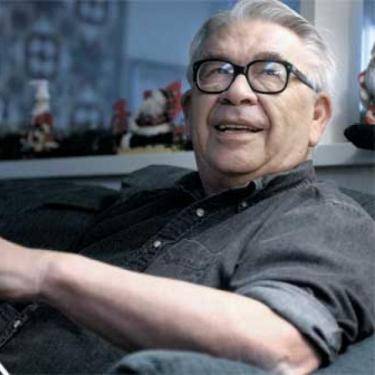
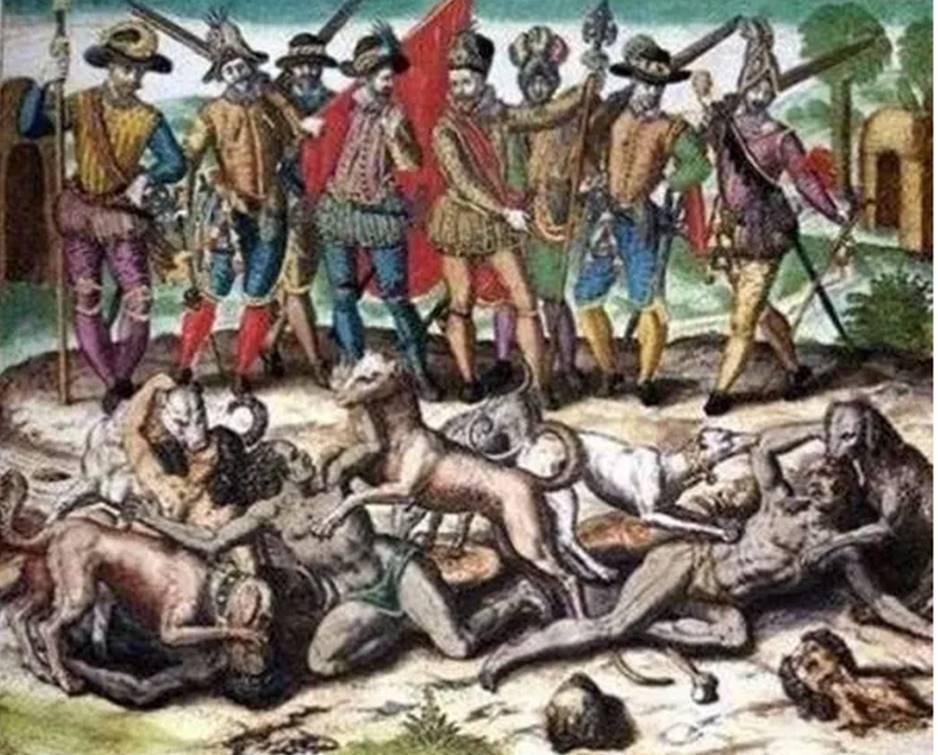
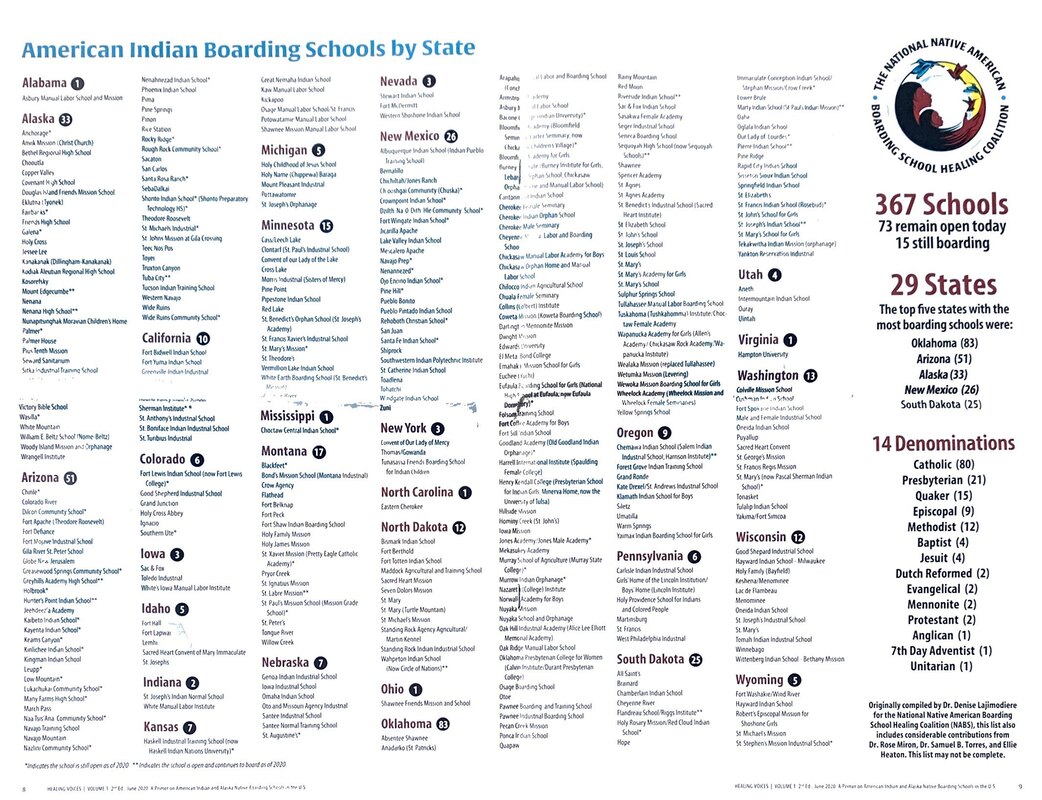
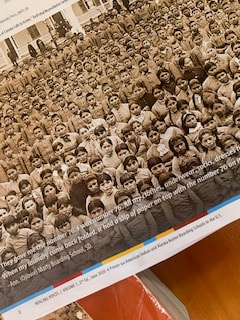
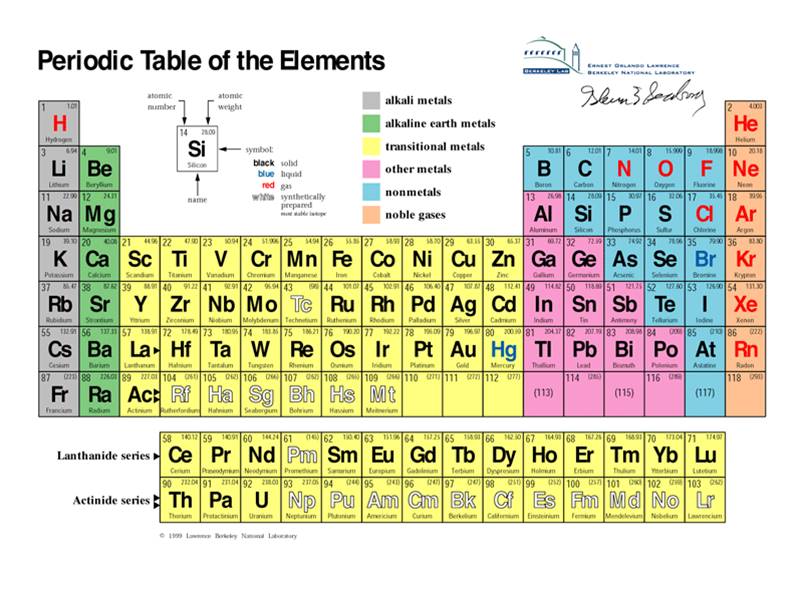



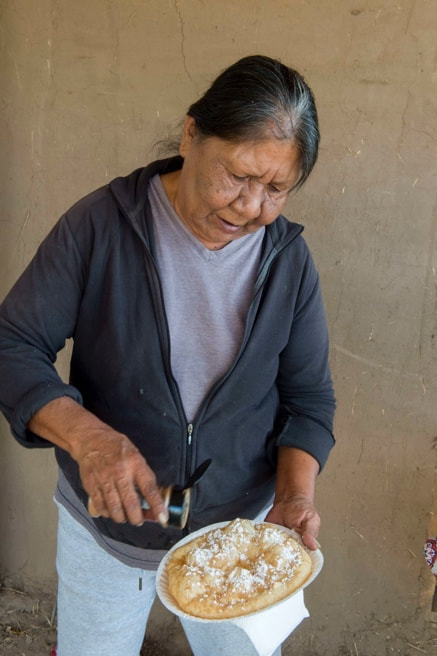
 RSS Feed
RSS Feed
